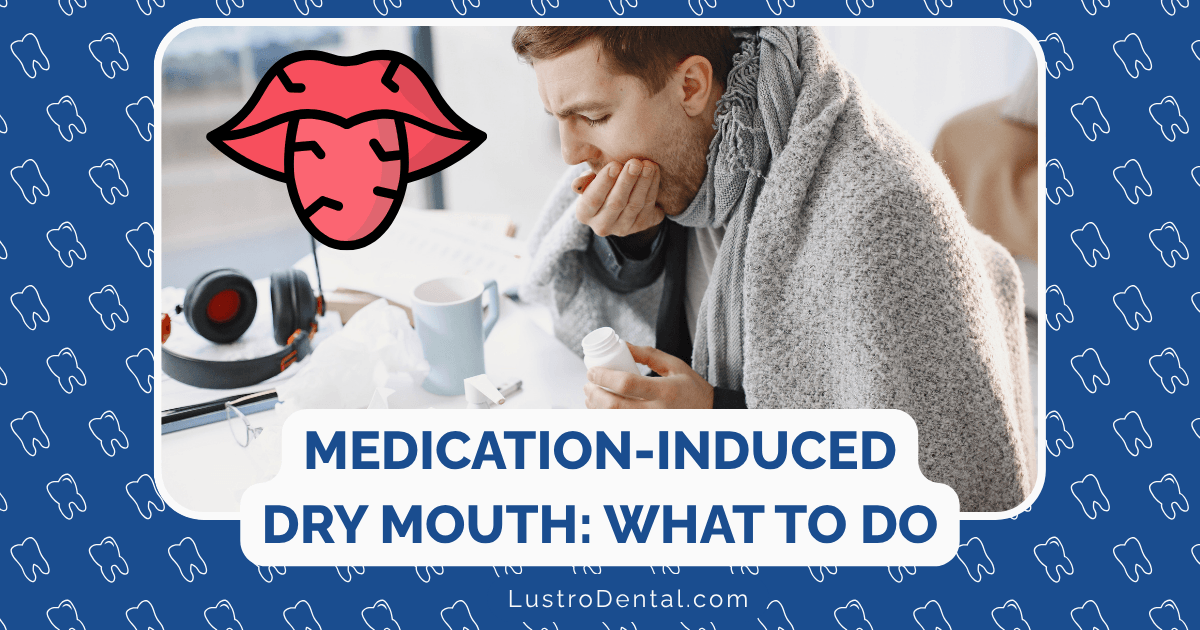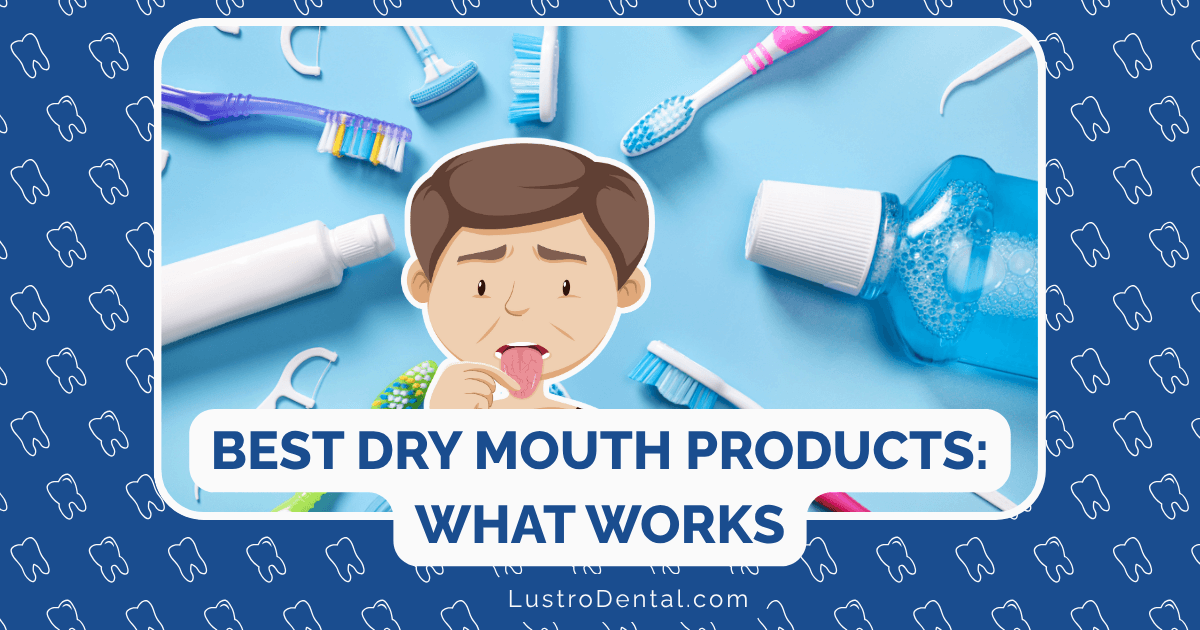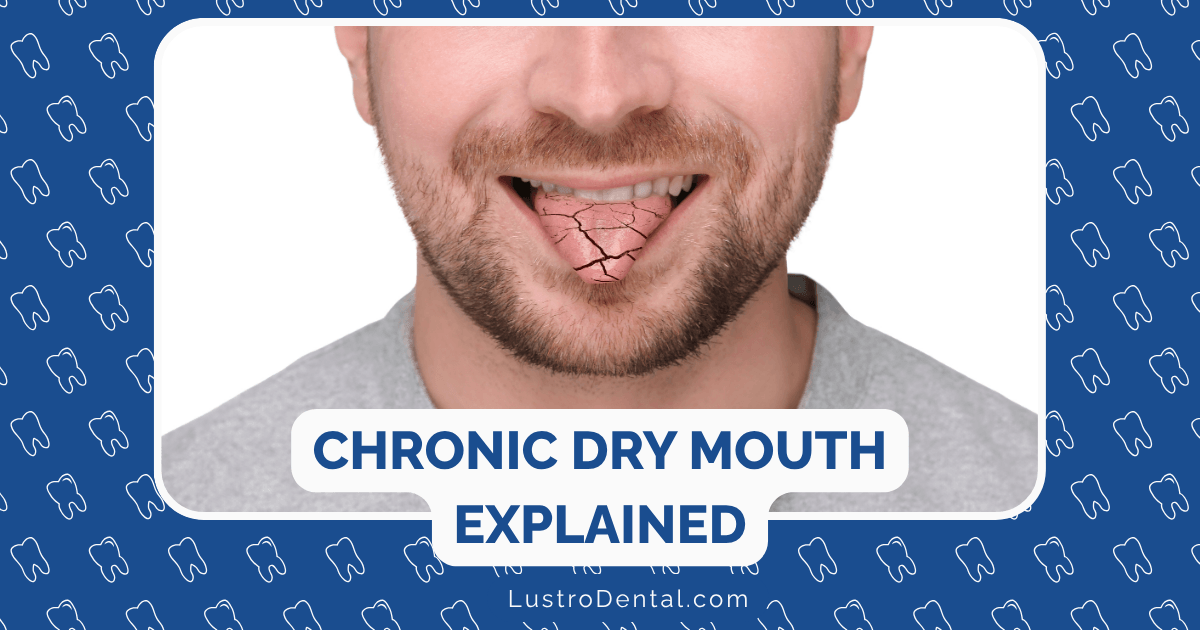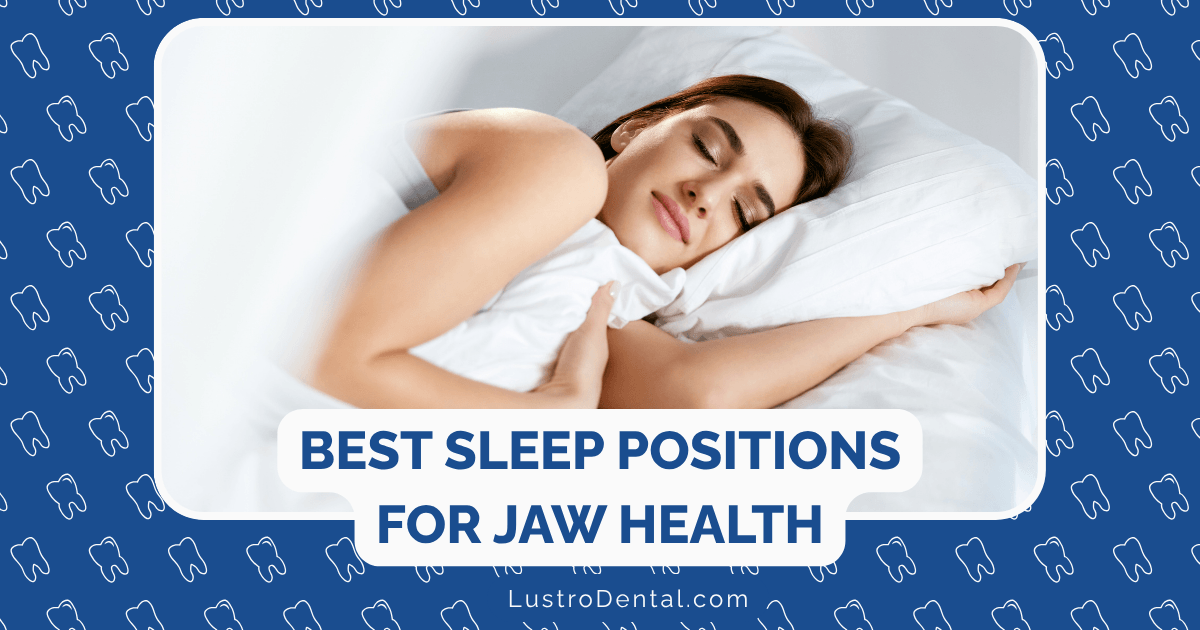Bruxism During Sleep: Causes, Consequences, and Protection Strategies
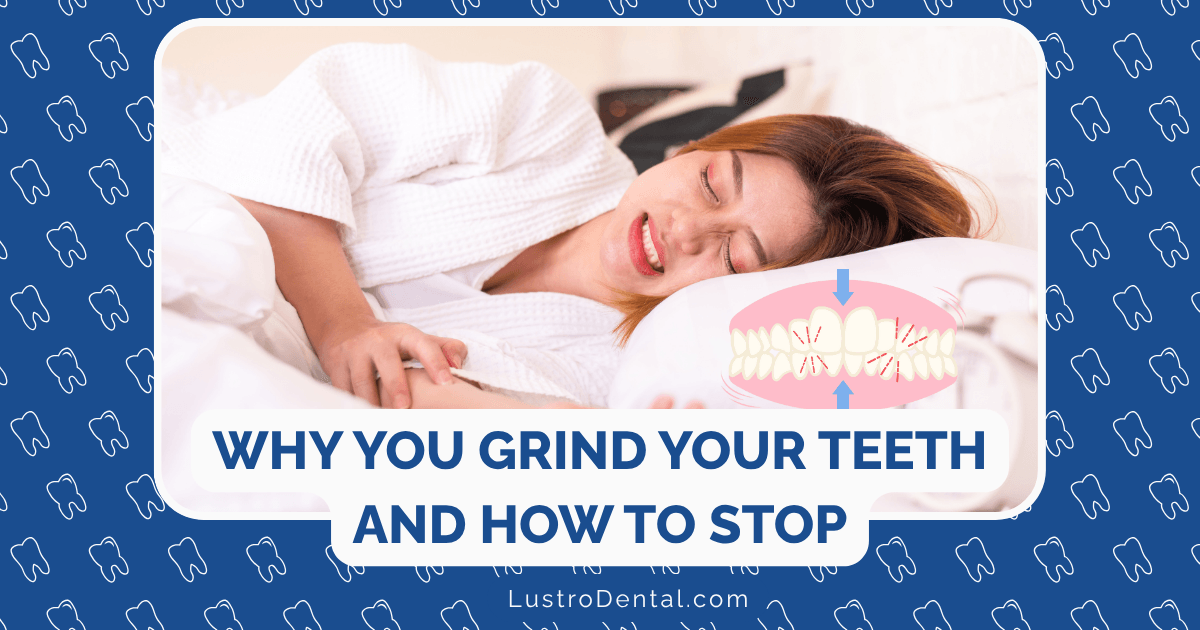
The quiet of the night should bring peaceful rest, but for millions of people, sleep becomes a time of unconscious dental distress. The grinding, gnashing, and clenching of teeth—a condition known as sleep bruxism—affects approximately 8-10% of adults and up to 40% of children. This nocturnal habit often goes undetected until its consequences become impossible to ignore.
As a dental health advocate, I’ve witnessed how sleep bruxism can silently damage oral health while disrupting sleep quality for both the affected individual and their bed partner. The good news is that with proper understanding and intervention, this condition can be effectively managed.
In this comprehensive guide, we’ll explore the causes behind nighttime teeth grinding, its potential consequences, and evidence-based strategies to protect your dental health and overall well-being.
Understanding Sleep Bruxism: More Than Just Teeth Grinding
Sleep bruxism is a sleep-related movement disorder characterized by unconscious grinding, gnashing, or clenching of teeth during sleep. Unlike daytime or awake bruxism (which involves similar behaviors during waking hours), sleep bruxism occurs outside of conscious awareness and control.
According to the National Institute of Dental and Craniofacial Research, bruxism encompasses several related behaviors:
- Teeth grinding (the sliding of teeth against each other)
- Jaw clenching (sustained pressure between upper and lower teeth)
- Jaw thrusting (forward or lateral movements of the jaw)
What makes sleep bruxism particularly concerning is both its force and its stealth. Research from the Sleep Foundation indicates that during episodes of sleep bruxism, the jaw can exert up to 250 pounds of force—far exceeding the pressure applied during normal chewing (which ranges from 20-40 pounds). This extreme force, applied repeatedly night after night, explains the potential for significant dental damage over time.
The Multifactorial Causes of Sleep Bruxism
Recent research has shifted our understanding of sleep bruxism from a simple stress response or dental issue to a complex condition with multiple contributing factors. A 2024 study published in Frontiers in Neurology highlights the multifactorial nature of this condition:
1. Neurological Factors
Sleep bruxism appears to be primarily regulated by the central nervous system, with episodes typically occurring during sleep-stage transitions:
- Sleep Microarousals: According to research published in StatPearls, most bruxism episodes coincide with natural sleep-related microarousals, when autonomic cardiac and respiratory activity increases (occurring 8-14 times per hour during normal sleep).
- Neurotransmitter Imbalances: Dysregulation in key neurotransmitters, particularly dopamine and serotonin, has been implicated in sleep bruxism. The Frontiers in Neurology study notes that selective serotonin reuptake inhibitors (SSRIs) have been linked to increased bruxism activity, suggesting serotonergic involvement.
- Neural Circuitry: Individuals with bruxism may exhibit altered neural plasticity, leading to distinct neural circuitry for jaw movements and increased neuronal excitability during clenching tasks.
2. Genetic Predisposition
Emerging research confirms a genetic component to sleep bruxism:
- Family History: Approximately 20-50% of individuals with sleep bruxism report a family history of the condition.
- Specific Genetic Markers: A 2025 study published in Nature Scientific Reports identified specific genetic variants associated with increased risk, including the Myosin IIIB gene variant (rs10193179) and the HTR2A C allele, which increases sleep bruxism risk by 4.25 times.
3. Sleep Disorders and Respiratory Factors
One of the most significant recent findings is the strong association between sleep bruxism and other sleep disorders:
- Obstructive Sleep Apnea (OSA): Approximately 50% of adults with OSA also experience sleep bruxism. The 2025 Nature study suggests that in some individuals, bruxism may actually serve as a protective mechanism against OSA complications by increasing muscle tone and preventing airway collapse.
- Low Respiratory Arousal Threshold: Individuals with a low respiratory arousal threshold (who wake easily with minor breathing disturbances) show significantly higher rates of bruxism episodes.
- Other Sleep Disorders: Restless leg syndrome, periodic limb movement disorder, and sleep-related gastroesophageal reflux disease are all associated with increased bruxism activity.
4. Psychological Factors
While not the sole cause, psychological factors remain important contributors:
- Stress and Anxiety: These remain significant triggers for many individuals, with bruxism serving as a physical manifestation of psychological tension.
- Personality Traits: Certain personality types, particularly those prone to perfectionism, competitiveness, or heightened aggression, may be more susceptible to bruxism.
5. Lifestyle and Environmental Factors
Daily habits can significantly influence bruxism activity:
- Stimulants: Caffeine, nicotine, and alcohol consumption have all been linked to increased bruxism intensity and frequency.
- Medications: Beyond SSRIs, amphetamines, antipsychotics, and certain asthma medications can trigger or worsen bruxism.
- Sleep Hygiene: Irregular sleep patterns, sleep deprivation, and poor sleep environment may exacerbate bruxism episodes.
Dr. Sarah Johnson, a neurologist specializing in sleep disorders, explains: “What makes sleep bruxism particularly challenging to address is its multifactorial nature. For most patients, it’s rarely just one cause but rather a combination of genetic predisposition, neurological factors, and environmental triggers that culminate in this nocturnal behavior.”
The Consequences of Untreated Sleep Bruxism
The repetitive, forceful nature of sleep bruxism can lead to a cascade of consequences affecting not just dental health but overall well-being:
Dental Consequences
1. Tooth Damage
- Enamel Wear: Gradual flattening of the biting surfaces, exposing the more sensitive dentin layer beneath
- Cracked or Fractured Teeth: Hairline fractures or complete breaks due to excessive pressure
- Increased Sensitivity: Pain or discomfort when consuming hot, cold, or sweet foods and beverages
- Mobility: Loosening of teeth due to pressure on periodontal ligaments
2. Restoration Complications
- Damaged Dental Work: Broken fillings, crowns, or veneers
- Failed Implants: Excessive force can compromise implant integration
- Accelerated Wear: Reduced lifespan of dental restorations
Orofacial Consequences
1. Temporomandibular Joint (TMJ) Disorders
- Joint Pain: Discomfort in the jaw joint, particularly in the morning
- Limited Mobility: Reduced ability to open the mouth fully
- Clicking or Popping: Audible sounds when opening or closing the mouth
- Jaw Locking: Temporary inability to open or close the mouth completely
2. Muscular Issues
- Myofascial Pain: Soreness in the muscles of mastication
- Hypertrophy: Enlargement of jaw muscles, particularly the masseter, potentially altering facial appearance
- Morning Fatigue: Jaw tiredness upon waking
- Referred Pain: Discomfort that radiates to the ears, temples, or neck
Sleep and Systemic Consequences
1. Sleep Disruption
- Fragmented Sleep: Microarousals associated with bruxism events
- Reduced Sleep Quality: Less restorative sleep despite adequate duration
- Partner Disturbance: The noise of grinding can disrupt a bed partner’s sleep
2. Headaches and Pain
- Morning Headaches: Particularly temporal headaches upon waking
- Chronic Pain Syndromes: Contribution to ongoing pain conditions
- Earaches: Pain that mimics ear infections but originates from jaw tension
3. Psychological Impact
- Anxiety: Concern about dental damage and appearance
- Embarrassment: Particularly when grinding is audible to others
- Financial Stress: Related to ongoing dental treatment needs
Dr. Michael Chen, a prosthodontist specializing in TMJ disorders, notes: “The consequences of untreated bruxism extend far beyond worn teeth. The chronic inflammation and strain can create a cascade of issues affecting the entire masticatory system and beyond. What begins as simple tooth wear can eventually manifest as chronic pain, headaches, and even changes to facial structure.”
Identifying Sleep Bruxism: Recognition and Diagnosis
Because sleep bruxism occurs during unconsciousness, many individuals remain unaware of their condition until consequences become apparent. Here’s how to recognize the signs:
Common Signs and Symptoms
- Morning jaw pain or stiffness
- Headaches, particularly in the temples
- Worn, flattened, or chipped teeth
- Increased tooth sensitivity
- Tired or tight jaw muscles
- Damage to the inside of your cheek from chewing
- Indentations on the tongue
- Sleep disruption (yours or your partner’s)
- Grinding sounds during sleep (often reported by sleep partners)
Formal Diagnosis
According to the latest research, diagnosis typically involves:
- Clinical Examination: A dental professional will look for signs of tooth wear, broken fillings, or other damage.
- Medical and Dental History: Including sleep patterns, medication use, and lifestyle factors.
- Sleep Partner Reports: Information about grinding sounds or other observations during sleep.
- Polysomnography (Sleep Study): The gold standard for diagnosis, particularly when other sleep disorders are suspected. This overnight test monitors brain waves, breathing, heart rate, and muscle activity during sleep.
Dr. Jennifer Williams, a sleep medicine specialist, explains: “While a clinical examination can identify the consequences of bruxism, a sleep study provides the most comprehensive picture. This is particularly important given the strong association between bruxism and conditions like sleep apnea, which require their own specific treatments.”
Evidence-Based Protection Strategies
Managing sleep bruxism effectively requires a multifaceted approach that addresses both the underlying causes and the potential consequences:
1. Protective Dental Appliances
Oral appliances remain the frontline defense against dental damage:
Custom Night Guards
These devices, professionally made by dentists to fit your specific dental anatomy, provide a protective barrier between upper and lower teeth.
Research insights:
- Most effective when made of hard acrylic or dual-laminate materials
- Should be regularly evaluated and replaced when worn (typically every 1-3 years)
- While they protect teeth, research from StatPearls indicates they generally do not reduce the frequency of bruxism episodes
Mandibular Advancement Devices
For patients with comorbid sleep apnea and bruxism, these devices move the lower jaw forward to maintain an open airway while also providing tooth protection.
Research insights:
- May address both conditions simultaneously
- Particularly beneficial for the estimated 50% of OSA patients who also experience bruxism
- Requires careful fitting and monitoring by dental professionals
2. Behavioral and Lifestyle Modifications
Addressing contributing factors can significantly reduce bruxism severity:
Stress Management Techniques
Given the established connection between psychological stress and bruxism, stress reduction strategies can be highly effective:
- Mindfulness Meditation: Research shows regular practice can reduce bruxism frequency
- Progressive Muscle Relaxation: Particularly focused on the jaw and facial muscles
- Cognitive Behavioral Therapy: Especially beneficial when anxiety is a primary trigger
Sleep Hygiene Improvements
Optimizing sleep patterns and environment:
- Consistent Sleep Schedule: Regular sleep and wake times
- Screen Limitations: Avoiding blue light exposure before bed
- Comfortable Sleep Environment: Appropriate temperature, darkness, and quiet
Substance Modification
Reducing consumption of:
- Caffeine: Particularly in the afternoon and evening
- Alcohol: Which can fragment sleep and increase bruxism activity
- Nicotine: A stimulant that can worsen grinding
3. Physical Therapy Approaches
Targeted exercises and treatments for the masticatory system:
Jaw Exercises
Simple exercises to relax and strengthen jaw muscles:
Try this: Place your tongue against the roof of your mouth just behind your upper front teeth. Allow your teeth to separate and your jaw muscles to relax. Maintain this position for as long as comfortable, several times daily.
Massage and Stretching
Techniques to reduce muscle tension:
- Gentle massage of masseter and temporalis muscles
- Controlled stretching exercises for the jaw
- Warm compresses applied to tense areas before sleep
Physical Therapy
Professional intervention for more severe cases:
- Ultrasound therapy
- Electrical stimulation
- Manual therapy techniques
4. Pharmacological Interventions
Medication may be considered in specific circumstances:
Muscle Relaxants
Short-term use to reduce muscle hyperactivity:
- Typically prescribed for limited periods
- May help break the cycle of tension and pain
- Not recommended as a long-term solution
Botulinum Toxin (Botox) Injections
For severe, resistant cases:
- Injections into the masseter and temporalis muscles
- Research shows effectiveness in reducing pain and muscle hyperactivity
- Effects typically last 3-6 months
- The Frontiers in Neurology study notes that while Botox reduces muscle activity, it doesn’t decrease the frequency of bruxism events
Other Medications
Based on underlying causes:
- Dopaminergic medications when dopamine dysregulation is suspected
- Anti-anxiety medications when anxiety is a primary trigger
- Appropriate treatment for comorbid sleep disorders
5. Addressing Underlying Conditions
Perhaps most importantly, treating associated conditions:
Sleep Disorder Management
- CPAP or oral appliances for sleep apnea
- Appropriate interventions for restless leg syndrome or periodic limb movements
- Treatment for sleep-related GERD
Psychological Support
- Therapy for anxiety or stress disorders
- Treatment for underlying depression
- Stress management education
Special Considerations for Different Populations
Children with Sleep Bruxism
With prevalence rates as high as 40% in children, special considerations include:
- Most children outgrow bruxism by adolescence
- Monitoring rather than intervention is often appropriate
- Addressing potential anxiety triggers (school stress, family changes)
- Evaluating for potential airway issues or sleep disorders
- Custom appliances that accommodate growing dentition when necessary
Bruxism in Older Adults
Though less common (affecting approximately 3% of older adults), considerations include:
- Increased risk of dental damage due to age-related changes in tooth structure
- Potential interactions with medications commonly prescribed to seniors
- Modifications to oral appliances for those with dentures or partial dentures
- Addressing sleep disorders more common in this age group
Bruxism and Dental Restorations
For individuals with extensive dental work:
- Material selection considerations (some materials withstand grinding forces better)
- More frequent monitoring of restoration integrity
- Potentially more robust protective appliances
- Addressing bruxism before undertaking major restorative work when possible
Case Studies: Real-World Management Approaches
Michael’s Journey: Addressing the Sleep-Bruxism Connection
Michael, a 42-year-old executive, had been grinding his teeth for years, resulting in several cracked molars and chronic morning headaches. A sleep study revealed moderate obstructive sleep apnea occurring alongside his bruxism.
Management approach:
- Mandibular advancement device to address both conditions
- Evening meditation practice
- Reduction of caffeine after noon
- Regular physical activity to reduce stress
- Quarterly dental check-ups to monitor progress
After six months, Michael reported a 70% reduction in morning headaches, improved sleep quality, and no further dental damage.
Jennifer’s Experience: The Multi-Modal Approach
Jennifer, a 35-year-old teacher, developed severe bruxism during a particularly stressful period at work. Her symptoms included jaw pain, limited opening, and visible wear on her front teeth.
Management approach:
- Custom hard acrylic night guard
- Weekly massage therapy focusing on the jaw and neck
- Cognitive behavioral therapy for stress management
- Botox injections (initially, then discontinued as other measures took effect)
- Daily jaw relaxation exercises
Jennifer’s case illustrates how combining multiple approaches can yield better results than any single intervention alone. After three months, her jaw pain had resolved, and her bruxism activity (as reported by her partner) had significantly decreased.
The Future of Sleep Bruxism Management
Research into sleep bruxism continues to evolve, with several promising developments on the horizon:
Advanced Diagnostic Tools
- Portable Monitoring Devices: Home-based systems that can accurately detect and measure bruxism activity
- Smartphone Applications: Using microphone and accelerometer technology to identify grinding episodes
- Biomarker Identification: Potential salivary or blood markers that might indicate predisposition to bruxism
Innovative Treatment Approaches
- Targeted Neurostimulation: Techniques to modulate the neural circuits involved in bruxism
- Biofeedback Systems: Real-time feedback during sleep to interrupt grinding episodes
- Personalized Medicine: Treatments tailored to specific genetic and neurological profiles
Integrative Care Models
- Multidisciplinary Teams: Collaboration between dentists, sleep specialists, neurologists, and mental health professionals
- Preventive Strategies: Earlier identification and intervention before damage occurs
- Telehealth Monitoring: Remote tracking of bruxism activity and treatment effectiveness
Conclusion: Breaking the Grinding Cycle
Sleep bruxism represents a complex interplay of neurological, psychological, and physiological factors that can significantly impact dental health and quality of life. While we once viewed it as simply a stress response or dental issue, current research reveals a much more nuanced condition requiring comprehensive management.
The good news is that with proper identification and a multifaceted approach to treatment, the consequences of sleep bruxism can be effectively minimized. Protection strategies—from custom dental appliances to stress management techniques—offer real solutions for those affected by this common condition.
If you suspect you might be grinding your teeth during sleep, don’t wait until damage becomes severe. Consult with dental and medical professionals who can help identify the specific factors contributing to your bruxism and develop a personalized protection plan.
Remember, the goal isn’t just to protect your teeth but to address the underlying causes, improve your sleep quality, and enhance your overall well-being. With the right approach, peaceful, grind-free nights are within reach.
Have you experienced sleep bruxism or implemented strategies to manage it? Share your experiences in the comments below.



